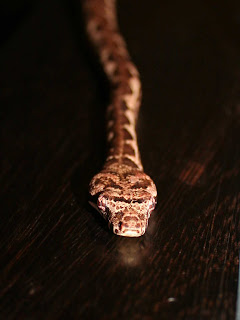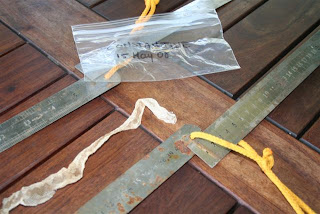Beginner's Guide to Choosing a Pet Snake
From Lianne McLeod, DVM , Snakes are fascinating, and with regular handling can be quite tame. However, snakes are obviously not for everyone. They have unique care and handling requirements and should only be kept by those with the commitment to understand and meet their needs. Also, some grow very large and can be dangerous, so any potential snake owner needs to carefully research snakes before acquiring one. There are several snake species which can be found as pets - but some are more suitable than others. The types kept range from the common garter snake to huge pythons. Different species have different diet and environment requirements. No matter which type of snake, a secure escape proof enclosure will be necessary. Snakes can be quite persistent in trying to get out of an enclosure, so make sure it closes securely with no gaps, or prepare to become an expert at tracking snakes in your house . If at all possible, pet snakes should be captive bred by reputable breeders. Wild c

